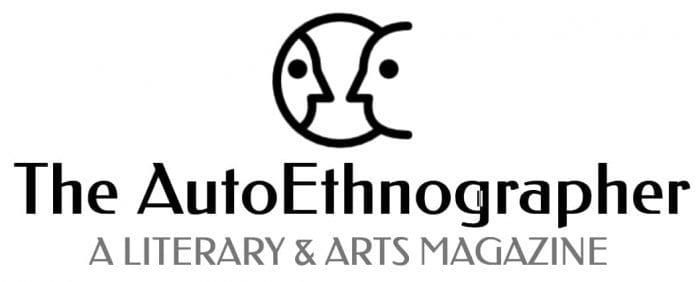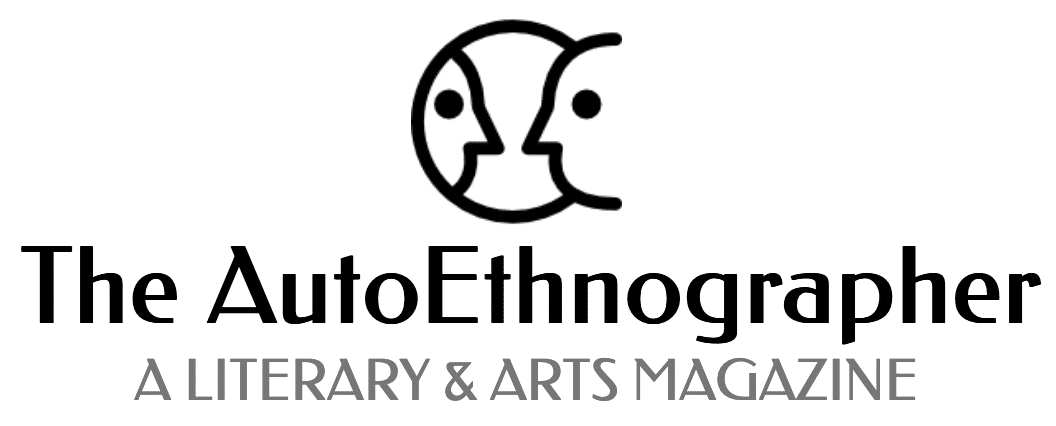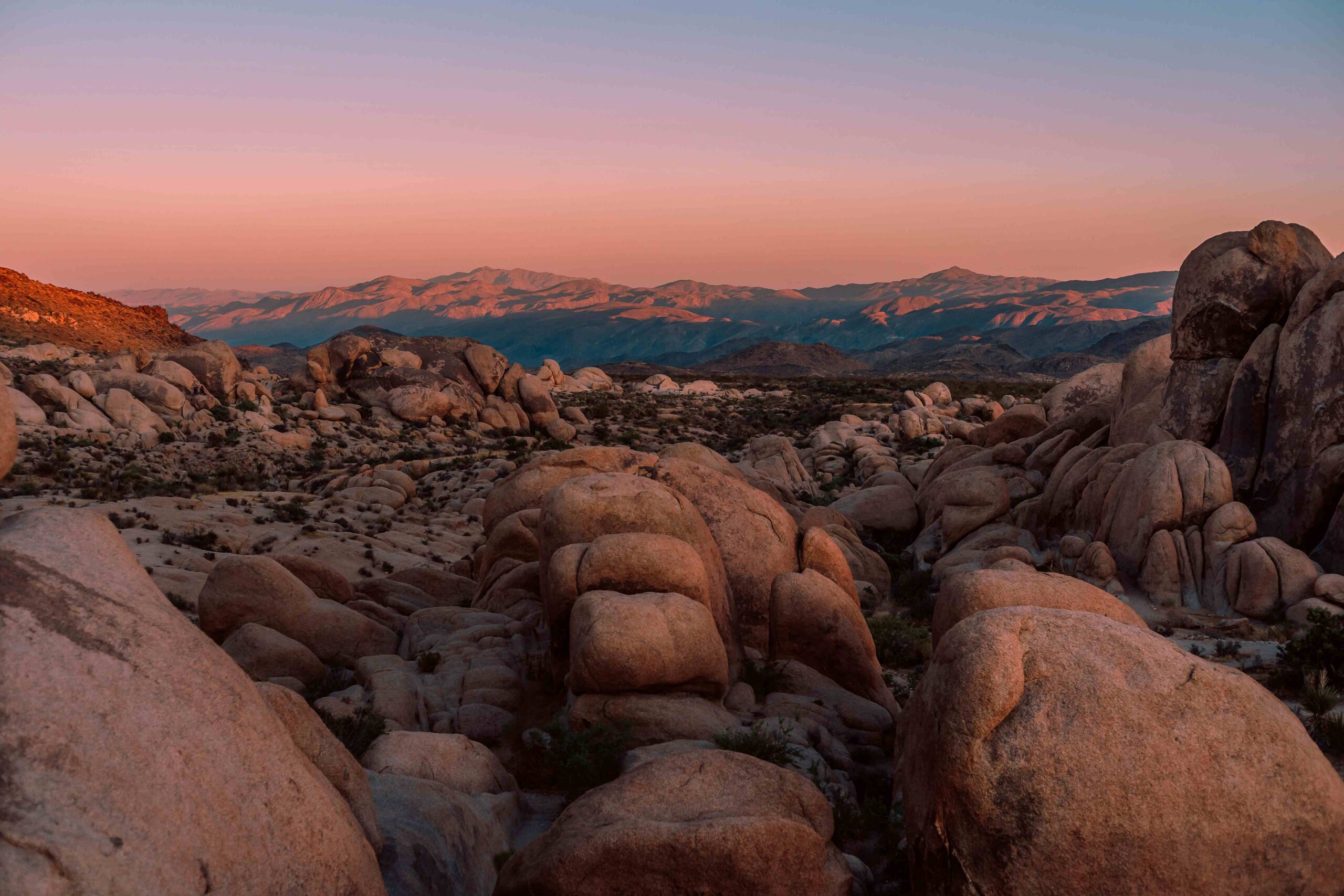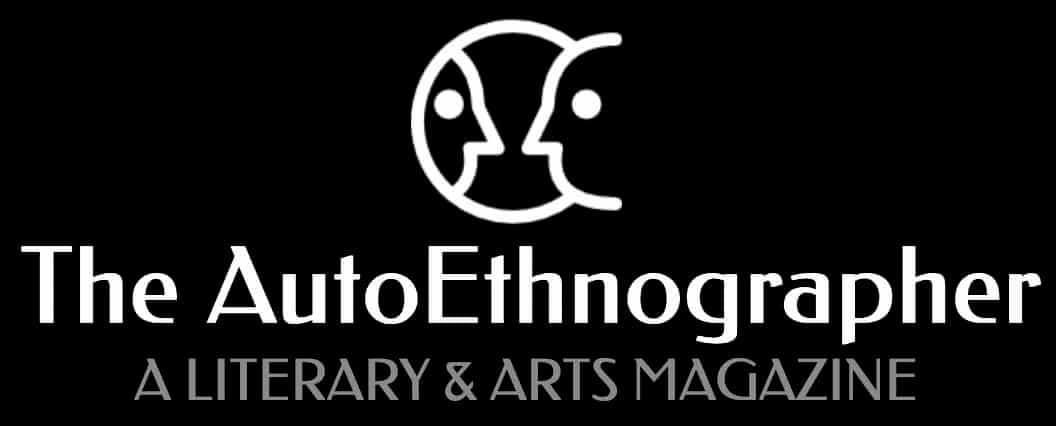Atlas Markers: An Emerging Autoethnography Author’s Memo Atlas Markers n is largely a thought-piece on the development of a research...
JoinedMay 1, 2023
Articles1
My submission is largely a thought-piece on the development of a research project that I have been working on for the past 10 years. The project is part genealogy and part social analysis. My grandma and her family and geographical history are the centerpiece of this research. This research is, as I explain in the article, an atlas of ordinary spaces. Geography, and the historical and family events that shape the spaces where my grandma lived, is a key feature of my research.
I am a sociologist and professor at North Dakota State University. Because of my responsibilities to my field and department, I struggled to make time for this project, which felt too personal for purely academic pursuits. It wasn’t until after my promotion to Professor that I felt free to openly pursue projects that allowed me to be more creative and personal. I wanted to write without worrying about academic boundaries and standards. I didn’t want to forgo good sociology, but I wanted to start writing for a different audience. I wanted an audience that looked more like my family. I wanted to write in a way that was my personal voice—a voice that is first-generation college educated, a voice that is introspective, a voice that loves playing with words and ideas in unusual ways. As a result, I started writing this research as part creative non-fiction, part public sociology, and part memoir.
I have dabbled with autoethnography in my past research, and it feels like a natural approach for me. Yet, I was hesitant to use autoethnography in this project. I discuss this in the article you will read. My approach to this research was not conceived as an autoethnography, but I think it is an approach that allows me the ability to weave multiple forms of data, multiple conflicting narratives, and juxtapose seemingly unrelated experiences, events, and people together. As I discuss in the article, trying to keep myself out of the research process became impossible. Since I have been embracing my presence in the research, I have been able write with greater clarity and confidence. I struggle a little to call what I’m doing autoethnography, feeling like a bit of a novice pulling from the method in ways that make sense to me and this research. What I am trying to do in this article is introduce my research without hiding the importance of my voice and my relationship to my grandma.
I am a sociologist and professor at North Dakota State University. Because of my responsibilities to my field and department, I struggled to make time for this project, which felt too personal for purely academic pursuits. It wasn’t until after my promotion to Professor that I felt free to openly pursue projects that allowed me to be more creative and personal. I wanted to write without worrying about academic boundaries and standards. I didn’t want to forgo good sociology, but I wanted to start writing for a different audience. I wanted an audience that looked more like my family. I wanted to write in a way that was my personal voice—a voice that is first-generation college educated, a voice that is introspective, a voice that loves playing with words and ideas in unusual ways. As a result, I started writing this research as part creative non-fiction, part public sociology, and part memoir.
I have dabbled with autoethnography in my past research, and it feels like a natural approach for me. Yet, I was hesitant to use autoethnography in this project. I discuss this in the article you will read. My approach to this research was not conceived as an autoethnography, but I think it is an approach that allows me the ability to weave multiple forms of data, multiple conflicting narratives, and juxtapose seemingly unrelated experiences, events, and people together. As I discuss in the article, trying to keep myself out of the research process became impossible. Since I have been embracing my presence in the research, I have been able write with greater clarity and confidence. I struggle a little to call what I’m doing autoethnography, feeling like a bit of a novice pulling from the method in ways that make sense to me and this research. What I am trying to do in this article is introduce my research without hiding the importance of my voice and my relationship to my grandma.



